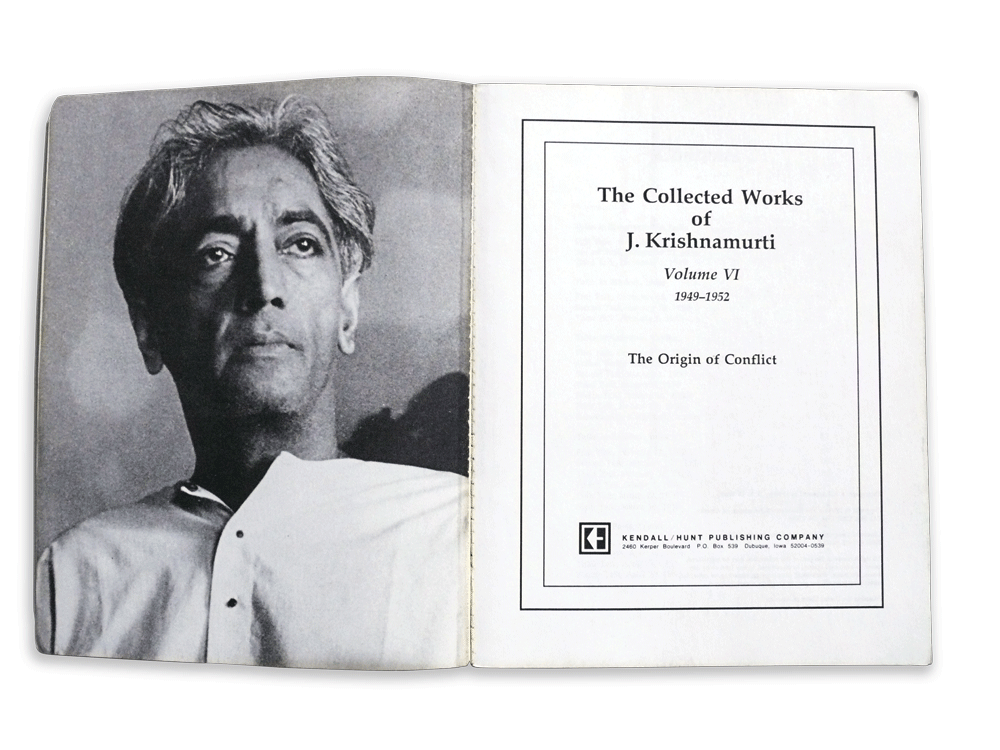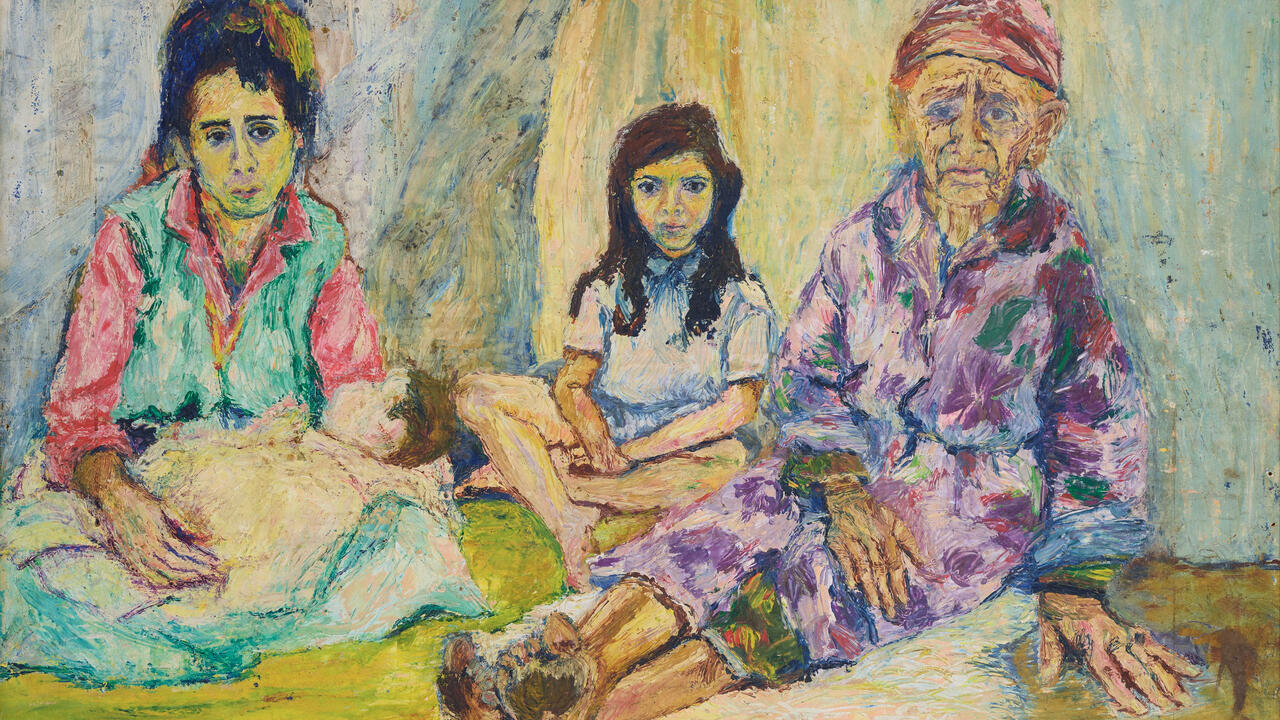Ideal Syllabus: Marcus Coates
In an ongoing series, frieze asks an artist, curator or writer to list the books that have influenced them
In an ongoing series, frieze asks an artist, curator or writer to list the books that have influenced them
Marcus Coates questions how, in his words, ‘We perceive humanness through imagined non-human realities’. Extensive research into British wildlife has led him to create unique interpretations of the natural world and its evolving relationship with society. Coates’ recent work sees him consulting the non-conscious world of animals and birds to seek resolutions for social problems and political issues for clients. His work was included in the 17th Biennale of Sydney earlier this year and ‘Altermodern’, Tate Triennial, London, 2009 and recently he has had two solo exhibitions: ‘Psychopomp’ at Milton Keynes Gallery in January and at Kate MacGarry, London in October this year.

Stewart Guthrie, Faces in the Clouds: A New Theory of Religion
(Oxford University Press, 1993)
I wish I’d come across this book when it was first published. It makes sense of many of the ideas that my work deals with: anthropomorphism and animism – the projection of human attributes onto other species and inanimate objects. This book presents arguments suggesting that a humancentric tendency is the basis of religion, art, philosophy and science. Perception is interpretation – we see what we need to see; it’s a flawed strategy but its at the core of us.
Bernard Rudofsky, Architecture Without Architects: A Short Introduction to Non-Pedigreed Architecture
(Academy Editions, London, 1964)
A study of vernacular architecture: indigenous, traditional buildings that are defined by their surroundings, available materials, ancient technologies and the needs and beliefs of the people that create and inhabit them. An inspiring journey through caves, Dogon cliffs, boabab trees, nomadic tents, Chinese boats and mud fortresses, this is a book that invokes a romantic desire for solutions of a singular simplicity.
Jonathan Weiner, The Beak of the Finch: A Story of Evolution in Our Time
(Knopf, New York, 1994)
This book follows biologists Peter and Rosemary Grant, who spent 20 years studying the evolution of a group of finches on a remote and inaccessible rocky island in the Galapagos archipelago. Charles Darwin demonstrated that evolution must have occurred, although, as he stated, ‘we see nothing of these slow changes in progress, until the hand of time has marked the long lapse of ages’. Remarkably, the Grants observe evolution as it happens; it’s a surprisingly dramatic and often rapid process. The Beak of the Finch makes the ungraspable knowable; it won the Pulitzer Prize for General Non-Fiction in 1995.
Complete Works of J. Krishnamurti: 1910–1986, Volume 6 (1949–52): The Origin of Conflict
(Krishnamurti Foundation of America, Ojai, 1991) Jiddu Krishnamurti was a philosopher, public speaker and writer on psychological, sociological and spiritual subjects. My parents used to take our family to hear him talk in the 1970s. Everyone camped in a field next to the marquee he spoke in; it was like a philosophical/spiritual festival. I was too young to be interested in Krishnamurti, but was aware of his attraction and power and wondered how he did it. ‘There is no path to truth, and there are not two truths. Truth is not of the past or the present – it is timeless – and the man who quotes the truth of the Buddha, of Shankara, of Christ, or who merely repeats what I am saying, will not find truth, because repetition is not truth: repetition is a lie.’ ‘When the mind seeks truth, it is seeking its own self-projection, not truth.’
Mircea Eliade, Shamanism: Archaic Techniques of Ecstasy
(Princeton University Press, 2004; first published 1951)
A seminal book on the rituals and techniques of shamanic traditions across the world. The connections between these geographically separate ‘ahistorical’ cultures are remarkably similar; I like the idea of this universality. However, much of the information here includes accounts by western eye-witnesses from the first half of the 20th century – you can’t help doubting the anthropologists’ perceived and received meanings and wondering how much these magical narratives are versions of their own values. I use it as a reference and companion to modern western society – specific details of initiation, dance, costume, narcotics, healing, spirit capture and appeasement, are all very practical.
J. M. Coetzee, The Lives of Animals
(Princeton University Press, 1999)
A collection of essays and a fictional narrative told from opposing positions by characters with strong moral and logical arguments. The subject of their disagreement is animal welfare and its philosophical, anthropological and religious implications. Its wider reach, though, reveals the consequences of an uncompromising moral conflict.
Reverend C.A. Johns, British Birds in Their Haunts
(Routledge, London, 1938; first published 1862)
This is a bird guide written at a time when the wider status of birds and their distribution was not accurately known. The descriptions are wonderfully detailed and read like the anecdotes of an enthusiast; the Reverend’s observations are as compelling as they are informative. His knowledge seems remarkable now, but the intimacy he demonstrates with wildlife was once commonplace. Some of the information is interestingly out of date: for example, he discusses once-common birds that are now extinct in Britain. British Birds in Their Haunts is full of old names and old knowledge that informs my work and which I haven’t come across anywhere else.
John Gray, Straw Dogs: Thoughts on Humans and Other Animals
(Granta Books, London, 2003)
A book that presents a world-view of a planet where humans are not at its centre, Straw Dogs is relentless in its upheaval of the ideology and moral framework most of us inhabit like a big comfy armchair. Progress, freedom, selfhood, morality, justice and technology – all are turned around so you doubt which direction you are going, if any. Gray writes: ‘Most people think they belong to a species which can be master of its own destiny […] this is faith, not science […] looking for meaning in history is like looking for patterns in clouds […] we cannot be rid of illusions. Illusion is our natural condition.’





















